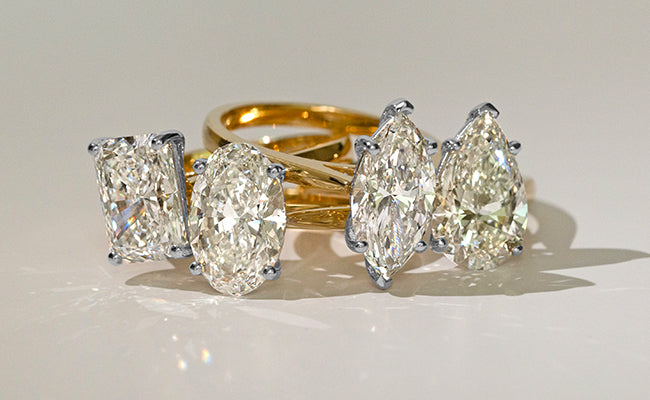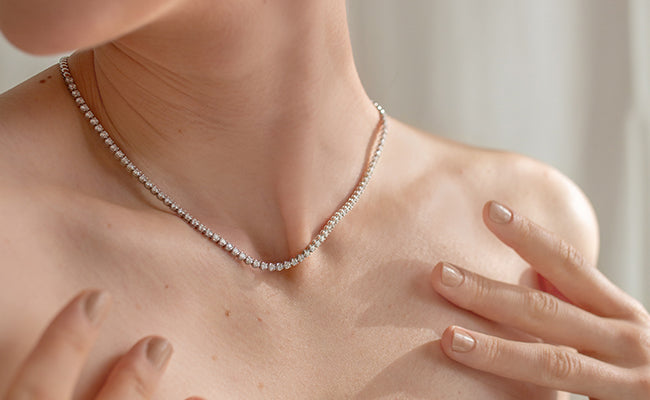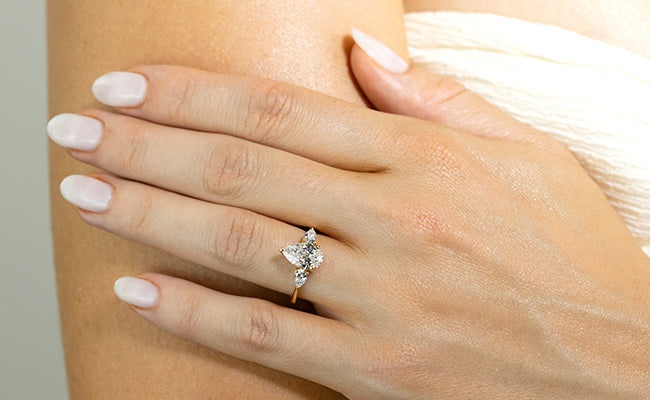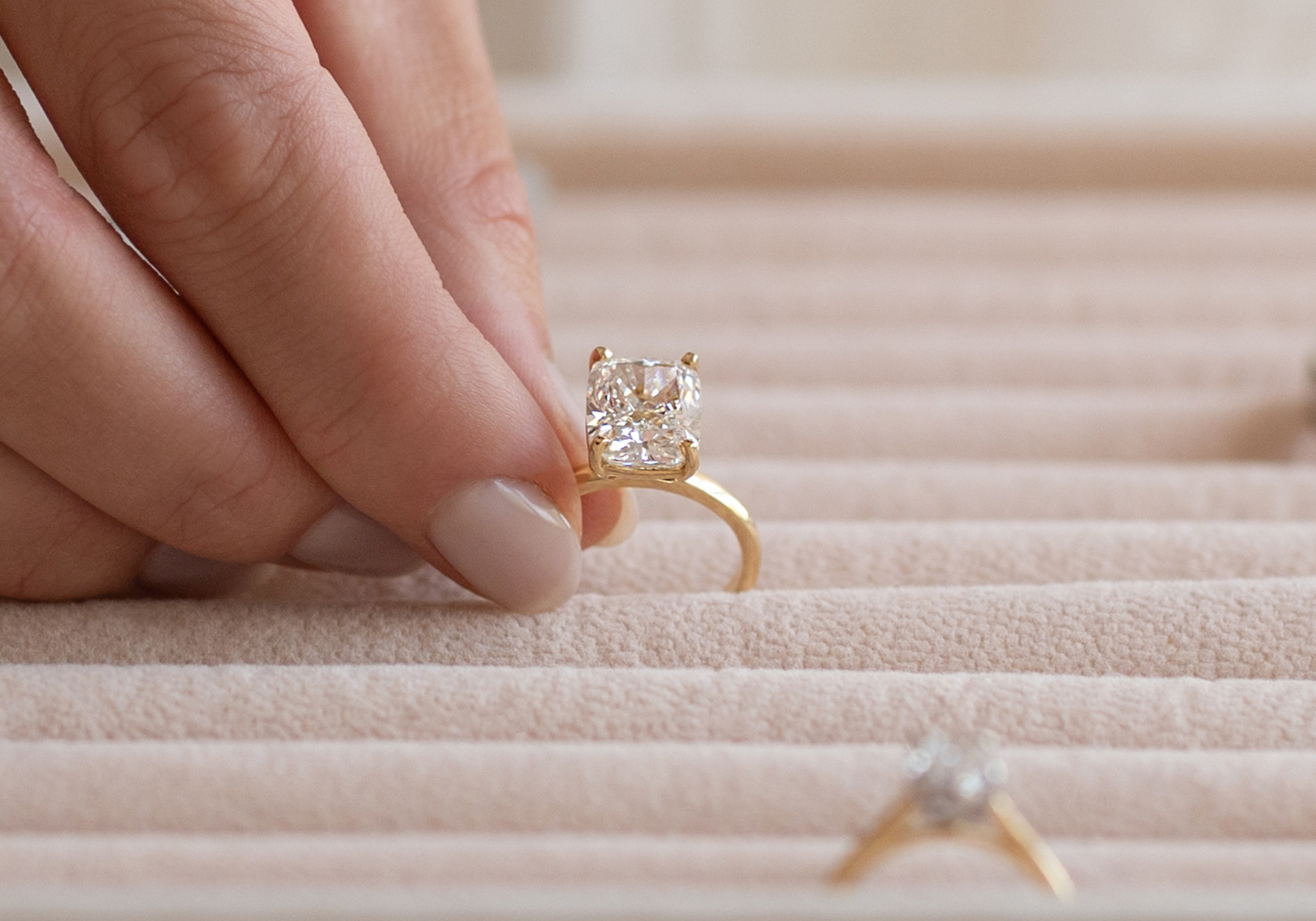Article: Wedding Bands 101: Matching vs Mixing, Styles, Metals & More
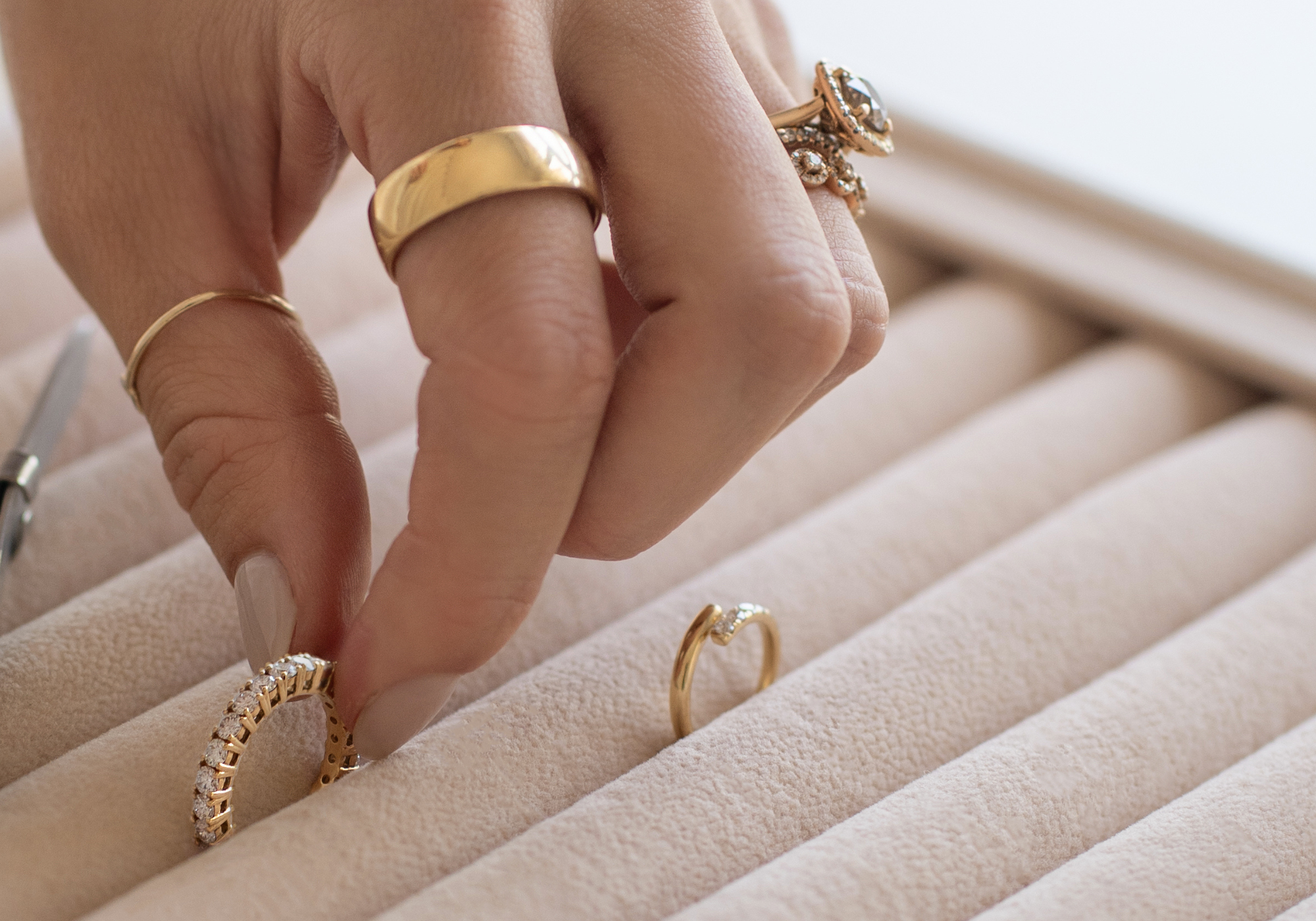
Wedding Bands 101: Matching vs Mixing, Styles, Metals & More
When it comes to choosing wedding bands, many couples find themselves asking the same questions: Should we match our rings, or mix and match styles and metals? While there's no one-size-fits-all answer, this guide will walk you through everything you need to know about wedding band traditions, modern trends, his-and-hers considerations, and how to choose the right bands for you and your partner.
What is a Wedding Band?
A wedding band is the ring exchanged during your wedding ceremony. It is the ultimate symbol of love, unity, and commitment. Wedding bands tend to be simpler in design than engagement rings, though there's plenty of room for personalisation.
Should You Match Wedding Bands?
Option 1: Matching Wedding Bands: The Traditional Choice
Many couples still opt for matching wedding bands as a symbol of unity. Matching can mean using:
- The same metal type (e.g., yellow gold, white gold, platinum etc.).
- A consistent width or profile.
- Shared design details such as engraving, milgrain edges, or gemstone accents.
Pros of matching wedding bands:
- Timeless and traditional.
- Symbolic of unity.
- Cohesive wedding photos.
Cons of matching wedding bands:
- May require compromise in style preferences.
- Style may suit one partner but not the other partner.
Option 2: Mixing Metals & Styles: A Modern Approach
Matching isn't for everyone. More couples today are choosing non-matching rings, allowing each person to express their unique style while still symbolising the same commitment. Examples of mixed elements include:
- One partner chooses e.g., white gold, the other prefers e.g., rose gold.
- One ring includes diamonds, the other is a simple polished band.
- Different textures: brushed, hammered, high-polish.
Pros of mixing wedding bands:
- Freedom of expression.
- Easier to match personal style or skin tone.
Cons of matching wedding bands:
- Doesn't provide a cohesive look, if that's important to the couple.
Tip: Even if you're mixing metals or styles, consider adding a unifying detail such as an engraving, shared finish, or subtle design element.
Popular Wedding Band Materials
| Metal Type | Features | Best For |
|
Platinum |
Durable, hypoallergenic, bright silver hue | Sensitive skin, or silver-jewellery wearers |
| White Gold | Classic, versatile | Matching engagement rings |
| Yellow Gold | Warm, traditional, rich tone | Vintage lovers or warmer skin tones |
| Rose Gold | Romantic, modern, pinkish hue | Unique and soft aesthetic |
| Titanium / Tungsten | Strong, scratch-resistant, dark tones | Active lifestyles e.g. tradies |
Sizing, Fit, & Comfort
A well-fitted band is key - you're meant to wear it almost all the time! Look for:
- Comfort (e.g., rounded interior for easy wear).
- Width (between 2mm - 8mm depending on finger size).
- Matching daily lifestyle (choose durability if you work with your hands).
Tip: Choice of materials can impact ability to re-size the ring. As part of our custom design service, we always discuss this with you before making a decision.
Men's Wedding Bands: What to consider if you're new to jewellery
For men who aren't used to wearing jewellery, choosing a wedding band can feel like uncharted territory. The good news is that there are plenty of options designed with comfort, durability, and subtlety in mind. Here are a few things to consider:
- Start with comfort: A comfort-fit band (rounded on the inside) makes daily wear much easier, especially if you're not used to rings.
- Think about lifestyle: If you work with your hands or lead an active lifestyle, look for hard-wearing metals like tungsten, titanium, or platinum.
- Keep it simple: If you're unsure about style, start with a classic polished or brushed metal band - you might choose to upgrade or add detail later.
- Width matters: Many first-time ring wearers prefer a narrower band (e.g., 4mm) for a lighter feel on the finger.
- Subtle finish: Matte or textured finishes e.g., brushed metal can also reduce the "shine factor" if you're after something more understated.
Customisation Options
Looking to create something unique together? Whether you've chosen matching wedding bands or two different styles, here are some customisation ideas that can make the rings extra special:
- Engraving: Wedding date or initials engraved on the inner band.
- Stones: Adding tiny birthstones inside the band.
- Symbolism: Incorporating shared symbols or family heirloom elements.
Wedding Band FAQs
Q: Do wedding bands need to match the engagement ring?
A: Not necessarily. While many choose coordinating metals or styles, your wedding band can contract with your engagement ring to create a modern, unique look.
Q: When should we buy our wedding bands?
A: Aim to purchase your wedding bands at least 2-3 months before the wedding to allow time for custom work and re-sizing if needed.
Q: Can men wear diamond wedding bands?
A: Absolutely. Men's diamond bands are rising in popularity, offering subtle sparkle or bold statements.
Final Thoughts: Choose what reflects YOU
Whether you go the matching route or embrace the mix-and-match approach, your wedding bands should make both of you happy.
At Saint Stone, we believe wedding rings should be both unifying and personal. We can guide you through the process; from classic bands to custom creations and the latest trends, set up an appointment and let us create something truly special together.
Explore our wedding band collection
Book a free, no-obligations virtual consultation
Get a quick estimate on an idea or design you already have in mind


